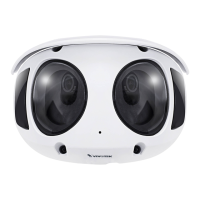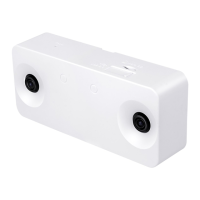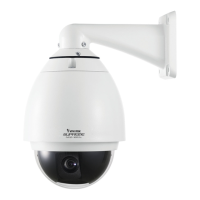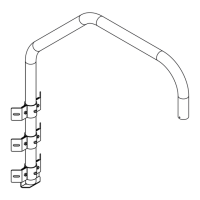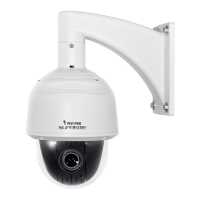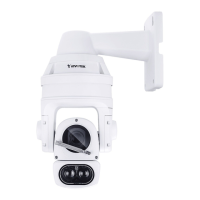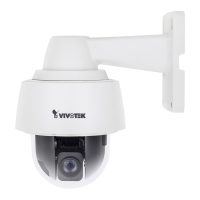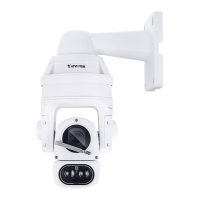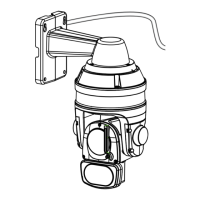Do you have a question about the Vivotek SUPREME MD9582-H and is the answer not in the manual?
Highlights high-resolution imaging, WDR Pro for contrast, and Smart Stream III for bandwidth efficiency.
Critical warnings and guidelines to review before installing or using the camera.
Lists all items included in the product packaging for user verification.
Details the external and internal components of the camera, including labels.
Provides technical specifications of the camera's physical dimensions and measurements.
Step-by-step instructions for physically mounting and connecting the camera.
Instructions for installing necessary software utilities for camera management.
Guides users through setting a strong password for enhanced security.
Steps for connecting the camera to a network, including PoE options.
Instructions for accessing the camera's interface via web browsers.
Steps for viewing the camera stream using RTSP-compatible media players.
Overview of the camera's main web interface components and layout.
Basic configuration for host name, system time, and LED indicators.
Adjusting video and audio properties, including resolution and quality.
Configuring network connectivity, IP addresses, and protocols.
Managing user accounts, privileges, and access control.
Configuring triggers, schedules, and actions for various camera events.
Setting up motion detection zones, sensitivity, and profiles.
Detailed configuration options for Pan-Tilt-Zoom (PTZ) controls.
Adjusting image exposure parameters like level, mode, time, and gain.
Configuring recording parameters, sources, schedules, and capacity.
Managing local SD card and network storage (NAS) for recorded data.
Syntax and examples for controlling the camera via URL commands.
Procedures for upgrading firmware and rebooting the camera.
Steps to reset the camera system to factory default settings.
Licensing information for included technologies like AMR-NB, HEVC, and H.264.
FCC and CE compliance statements regarding radio frequency emissions.
| Day/Night | Yes |
|---|---|
| Removable IR-cut Filter | Yes |
| Ingress Protection | IP66 |
| Camera Type | Dome |
| Focal Length | 2.8 mm |
| Aperture | F2.0 |
| Shutter Time | 1/5s~1/32, 000s |
| IR Illuminators | Built-in |
| Video Compression | H.264, MJPEG |
| Maximum Frame Rate | 30 fps @ 1920x1080 |
| Frame Rate | 30fps @ 2592x1944 |
| Network Interface | 10/100 Base-TX Ethernet (RJ-45) |
| Supported Protocols | IPv4, IPv6, TCP/IP, HTTP, HTTPS, FTP, SMTP, UPnP, SNMP, RTSP, RTP, UDP, IGMP, ICMP, DHCP, NTP, DNS, DDNS, PPPoE, Bonjour, 802.1X |
| Audio Capability | Yes |
| Local Storage | MicroSD/SDHC/SDXC card slot |
| Power Supply | PoE (IEEE 802.3af) |
